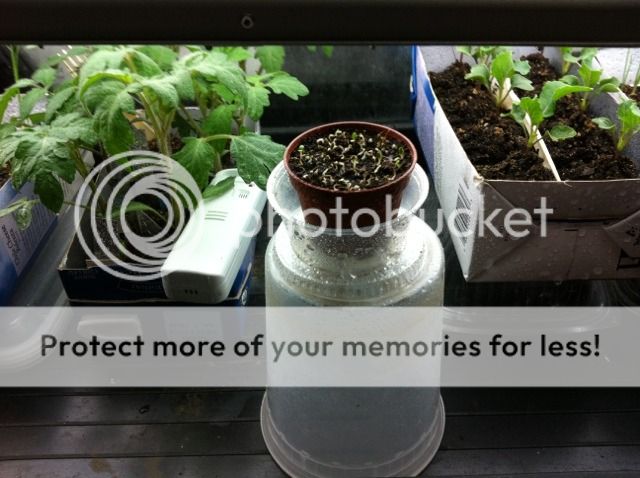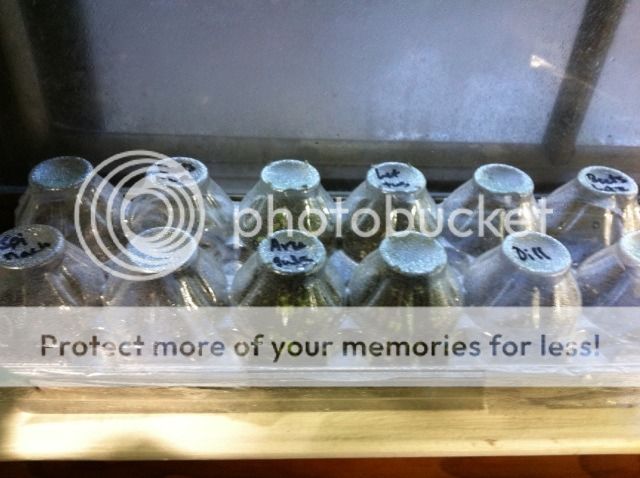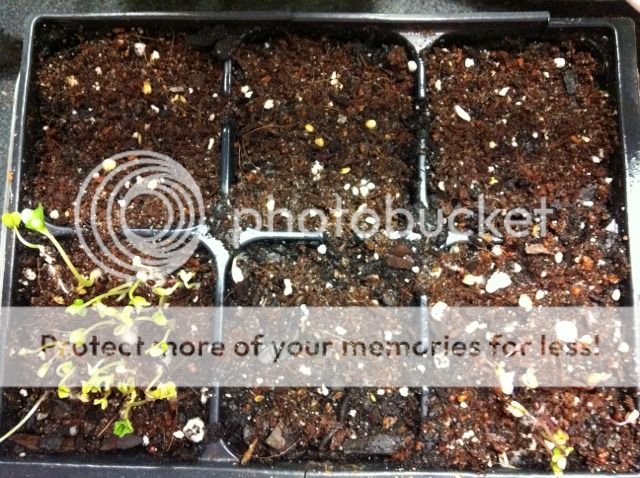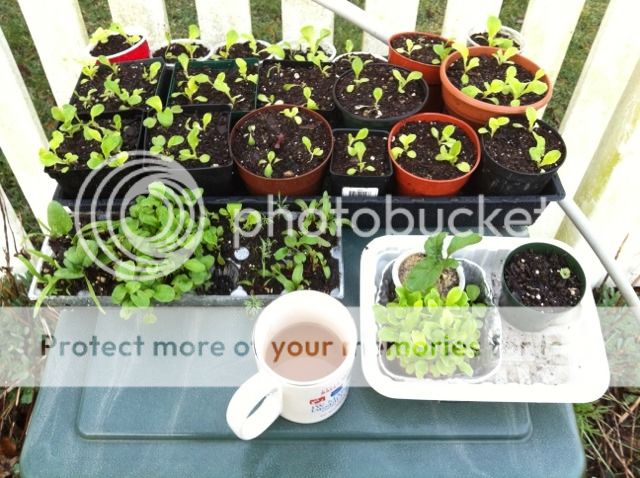This technique is called "Dense Planting" by Craig LeHoullier (well known among tomato growers)
I honestly don't think it should be recommended to new gardeners because I believe in learning the "basics" -- I.e. FOUNDATION TECHNIQUES -- first. In other words, and in ths case, how seeds/seedlings grow in ideal conditions and what they should look like when healthy. What causes the usual problems, what to expect, what are the signs of trouble, and how to prevent them.
I'm trying it out in a "modified form" now to see how it works and if I can be successfull doing this, because if it's possible, then it's a great technique for SAVING those weak spindly light starved seedlings that many beginning gardeners new to growing seeds post about.
https://nctomatoman.weebly.com/1/archives/03-2010/2.html
Note that he uses a fairy deep and large celled inserts in his standard 1020 flats. -- I'm trying it out with lettuce in similarly sized single container and cabbage, kohlrabi, eggplants and peppers in similarly sized 6-pack. I'm also trying this with lettuce, arugula, spinach, beets, and dill in clear plastic JUMBO egg carton to see if smaller, shallower containers typically used by beginning gardeners work.
Another note is that he grows a large number of plants for sale. A typical backyard gardener doesn't need to grow nearly as much.
He also waits until the spindly seedlings fill the cell with their roots -- he squeezes/pops them out. That might mean you'd want to use smaller cells for smaller number of seedlings, but that may affect how well they perform. Also, growing different kinds of plants in a multi-cell insert in a single tray isn't a good idea because they grow at different rates and need different growing conditions -- he grows same plants (different varieties) per tray.
*I'm already running into trouble because cabbage and kohlrabi seeds in the 6 pack sprouted in 2 days on top of the light fixture but eggplants and peppers are clearly not going to be up any time soon, and Lettuce and Arugula sprouted in 3 days in the egg case in the sunny windowsill, spinach are just starting to sprout and the beets and dill are still sleeping.
He also uses HEAT MATS for tomatoes and peppers for initial germination, and puts them UNDER LIGHTS for a while (This technique is not about starting seeds completely without using the usual seed growing tools like heat mats and grow lights) and then out in the sun every day -- Timing is critical and he watches the weather and doesn't Uppot until temperatures are warm enough. (He also seems to wait until awfully late to plant out the cold weather crops





